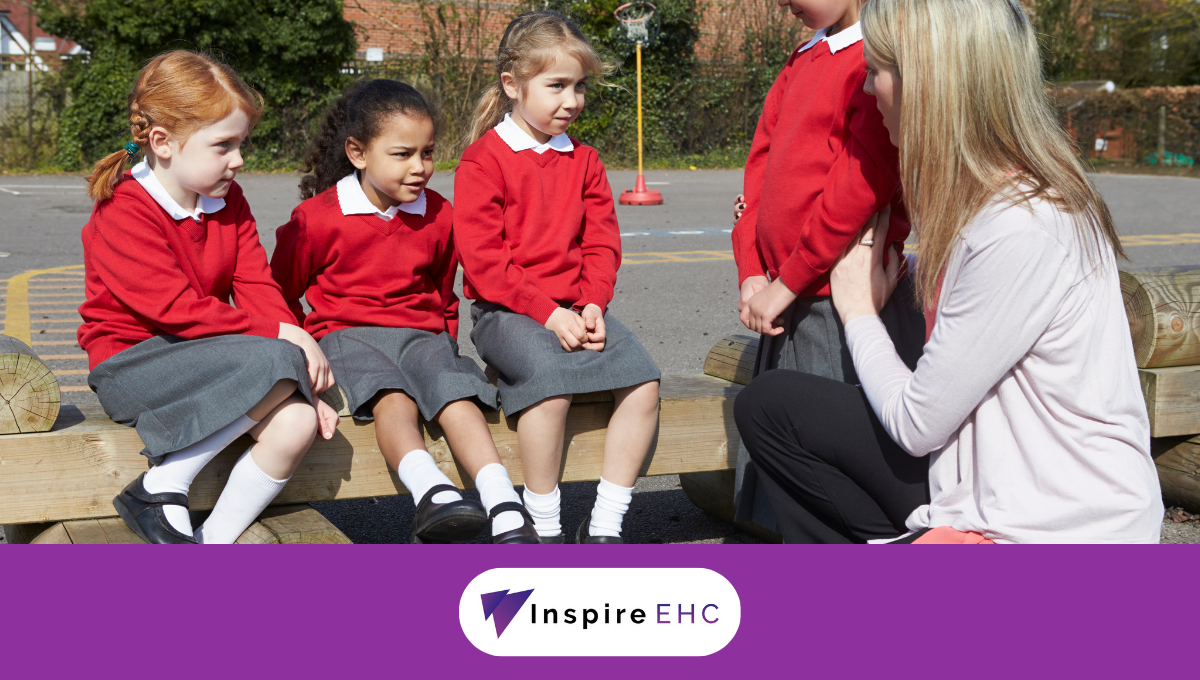
Introduction
The end of a half-term break marks the beginning of a new chapter for students, and for pupils with special needs, it signifies a return to a familiar yet challenging environment. Settling back into school after the break can be a daunting experience, but with the right support and understanding, it can be a smooth transition. In this blog, we explore the essential strategies and approaches that can help create a nurturing and inclusive atmosphere for pupils with special needs, ensuring their successful reintegration into the school routine.
Embracing Understanding and Patience
Understanding the individual needs of each student is the cornerstone of effective support. Teachers and staff members should familiarise themselves with the specific challenges faced by their students. This knowledge allows for tailored support plans, ensuring that every child's unique requirements are met. Patience is key; some pupils might need extra time to adjust, and it's crucial not to rush or pressure them during this sensitive period.
Creating a Welcoming Environment
A warm and welcoming school environment can significantly impact a student’s sense of belonging. Simple gestures, such as a friendly smile or a personal greeting, can make a world of difference. Classroom decorations, sensory-friendly spaces, and visual schedules can provide a sense of structure, offering comfort to pupils who thrive on routine and predictability.
Reinforcing Routine and Predictability
Routines provide a sense of stability and security for students with special needs. After the half-term break, it's important to re-establish familiar routines as quickly as possible. Teachers can achieve this by revisiting classroom set up, daily schedules, and expected behaviour needs. Consistency in routines helps students feel secure, reducing anxiety and promoting a positive learning experience.
Utilising Visual Aids and Assistive Technology
Visual aids and assistive technology can enhance communication and learning for pupils with special needs. Visual schedules, social stories, and picture cues can help students understand expectations and navigate their daily activities. Additionally, interactive apps and devices tailored to specific learning requirements can make the educational process more engaging and enjoyable for these students.
Fostering a Supportive Peer Environment
Encouraging classmates to be understanding and supportive can significantly improve the school experience for pupils with special needs. Teachers can organise activities that promote empathy, kindness, and inclusion. Peer support programs and buddy systems create opportunities for students to form friendships, enhancing social interactions and boosting the self-esteem of pupils with special needs.
Collaborative Approach: Involving Parents and Caregivers
A collaborative relationship between school and home is vital for the well-being and progress of pupils with special needs. Regular communication between teachers and parents or caregivers ensures a consistent approach to support. Sharing insights about a student’s progress, challenges, and achievements creates a cohesive support network, both within and outside the school environment.
Conclusion
Settling back into school after the half-term break can be a transformative experience for pupils with special needs when met with understanding, patience, and a supportive environment. By embracing these strategies, schools can create an inclusive atmosphere where every student can thrive academically, socially, and emotionally. Together, educators, parents, and students can make the post-holiday transition a positive and enriching journey, fostering growth and development for all.